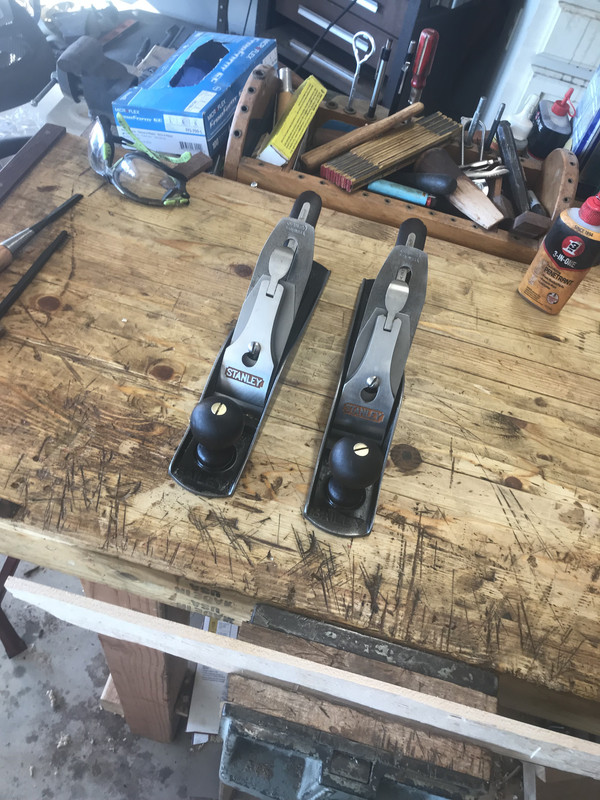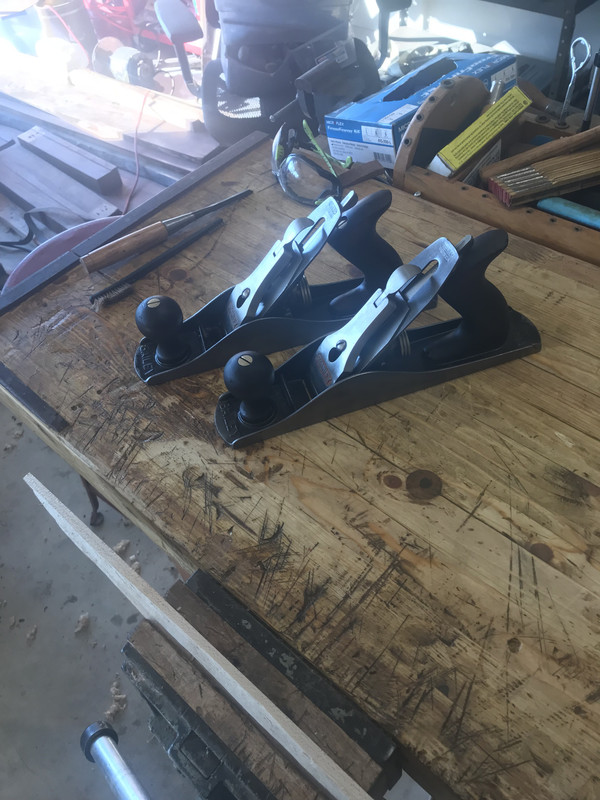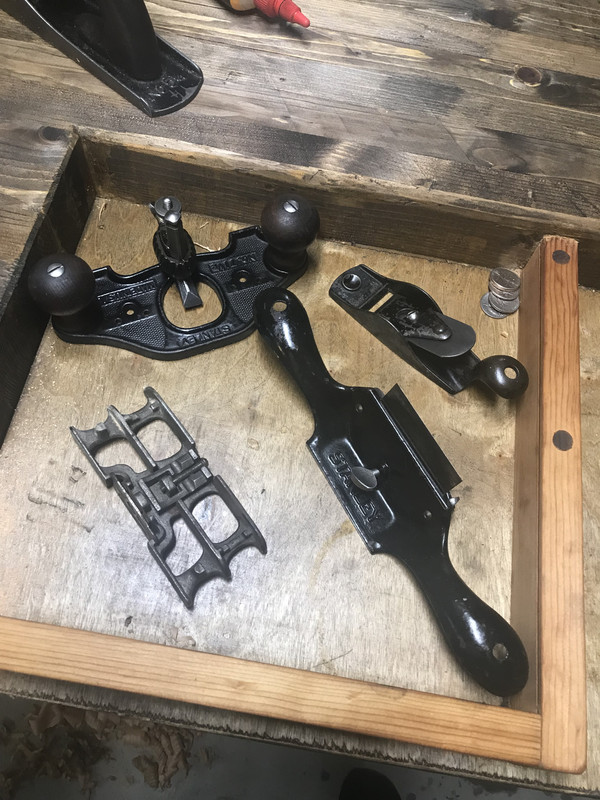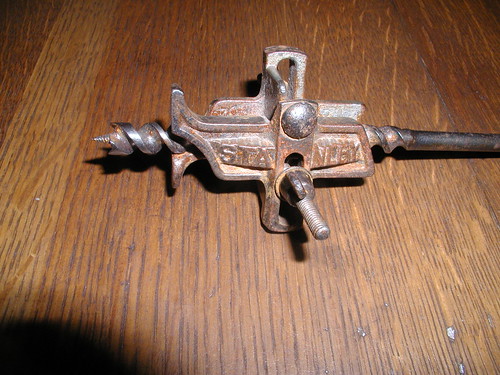- Joined
- Mar 20, 2019
- Messages
- 132
If you look up Stanley England it should give a time line on their company acquisitions . I think they took over Harwood, who made American style braces. This is from my memory, which is like an old rusty can, kinda leaky.
Yes ! Braces are very handy, they are surprisingly fast and easy for drilling wood. They are THE tool to drive large slotted screws. They are a required tool for working on a wooden boat.
Yes ! Braces are very handy, they are surprisingly fast and easy for drilling wood. They are THE tool to drive large slotted screws. They are a required tool for working on a wooden boat.












